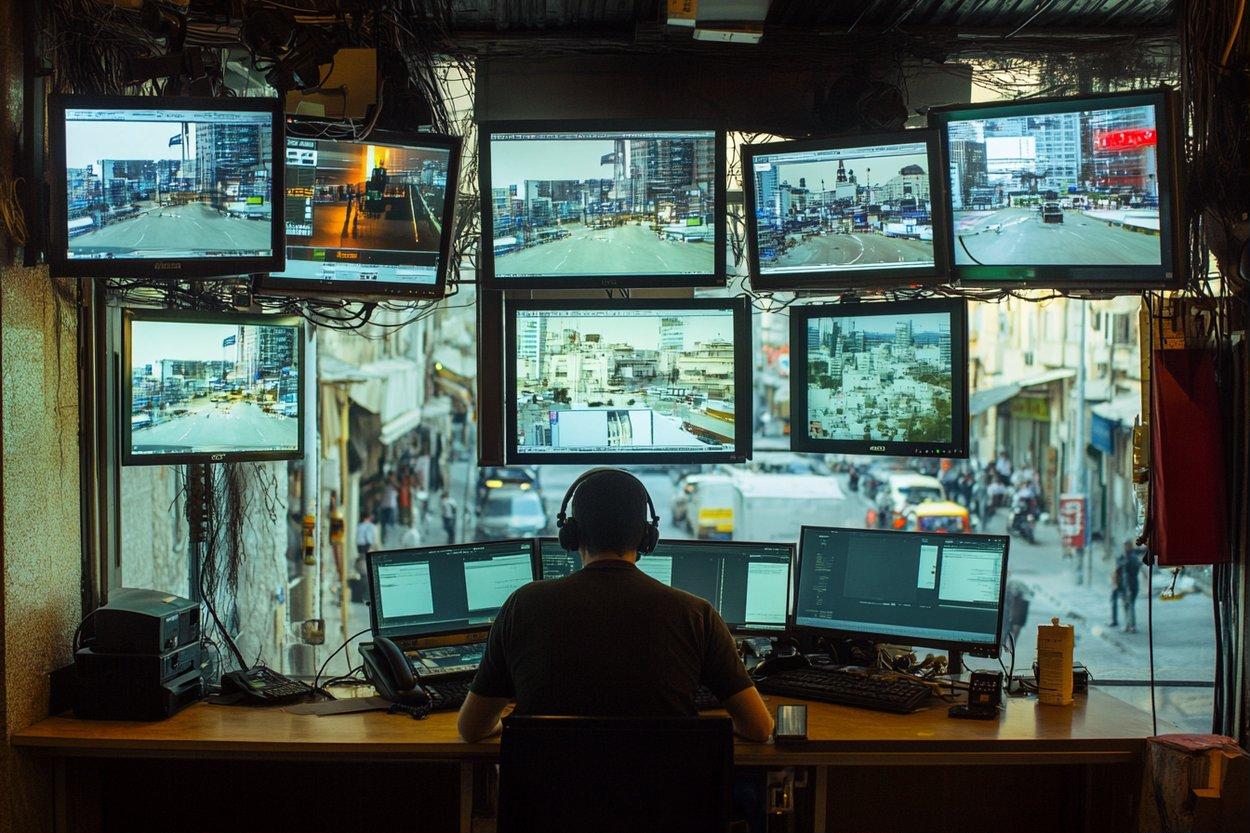Digital Canvas: The Inception and Ascendancy of NFT Art
Envision a world where art lives beyond physical boundaries, where creative expression is given a unique identity, and its ownership is securely recorded. Welcome to the innovative realm of Non-Fungible Tokens (NFTs) which have been dramatically altering the landscape of the arts and entertainment industry. This article delves into the genesis of NFT art, its current relevance, and the profound impact it has on artists and art enthusiasts alike.

The Genesis of NFT Art: A Whirl of Pixels and Possibilities
In the early 2010s, blockchain technology emerged as a decentralized, secure system for recording transactions. This technology breathed life into Bitcoin, Ethereum, and other cryptocurrencies. However, it was the advent of Ethereum’s smart contracts that flung the doors wide open for Non-Fungible Tokens (NFTs). Unlike cryptocurrencies, each NFT carries a unique value and cannot be exchanged on a like-for-like basis. This unique characteristic has made NFTs the perfect platform for digital art, offering artists a new medium to create and sell their work.
Current Buzz: NFT Art in the Spotlight
The year 2021 witnessed the meteoric rise of NFT art, thanks to a few headline-making events. The most notable was the sale of digital artist Beeple’s artwork “Everydays: The First 5000 Days” at Christie’s auction for a staggering $69 million. This sale not only established NFTs as legitimate art forms but also catapulted digital artists into the mainstream art world. As of now, the NFT art marketplace is bustling with activity, with platforms like OpenSea, Rarible, and Foundation witnessing a surge in digital art transactions.
The Impact: A New Dawn for Artists and Art Enthusiasts
NFT art has democratized the art industry by providing artists with a platform to showcase their work without the need for galleries or middlemen. They also gain more control over their work, including royalties for future resales. For art enthusiasts, NFTs offer an opportunity to collect unique digital assets and potentially profit from their appreciation. However, the NFT art movement is not without criticism. Questions around environmental impact due to high energy consumption of blockchain and issues of copyright infringement continue to hover around this nascent industry.
The Future: Riding the Wave of Digital Innovation
NFT art is still in its infancy, and its future trajectory largely depends on how it adapts to the challenges it faces today. However, what’s certain is that it has opened up a new frontier for artistic expression and ownership. As we step into a world increasingly shaped by digital innovation, the integration of art and technology, as seen in NFT art, is likely to become more profound.
Final Thoughts: NFT Art - A Paradigm Shift in Artistic Expression
Non-Fungible Tokens have ushered in a new era of artistic expression, offering a unique blend of art and technology. As we navigate this digital canvas, it is important to remember that the value of art, be it physical or digital, lies in its ability to evoke emotions and stimulate thought. Despite its challenges, NFT art has the potential to revolutionize the art world by making it more accessible, transparent, and innovative. Its journey so far is a testament to art’s enduring ability to adapt and evolve, echoing the timeless words of Picasso, “Art washes away from the soul the dust of everyday life.”




